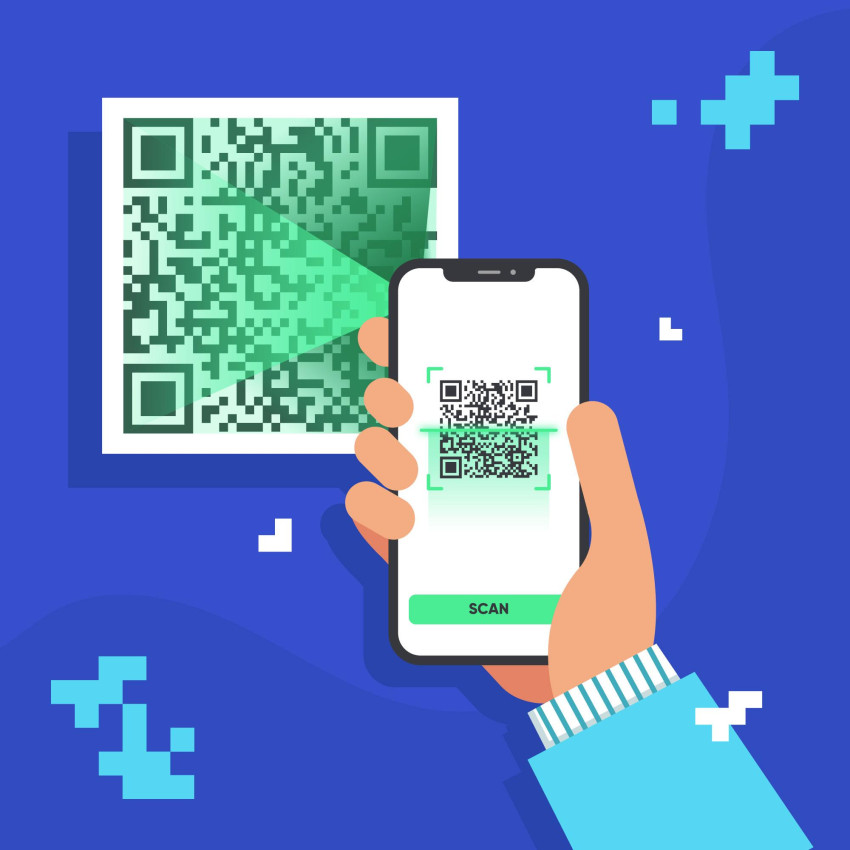
In today's fast-paced pharmaceutical industry, ensuring the safety and authenticity of products is of paramount importance. With the rise of counterfeit drugs and regulatory requirements becoming increasingly stringent, pharmaceutical companies are seeking innovative solutions to enhance product traceability and protect consumers. One such solution that has gained significant traction in recent years is the implementation of QR codes for pharmaceutical products.
Enhancing Product Authenticity and Traceability
In an industry where product safety is non-negotiable, QR codes offer a robust solution for enhancing authenticity and traceability. By embedding unique identifiers like serial numbers or batch numbers into QR codes, manufacturers can meticulously track each product's journey from production to distribution. This granular level of traceability not only helps in detecting counterfeit products but also enables swift and precise recalls, thereby bolstering supply chain efficiency and consumer confidence.
Empowering Patient Engagement and Safety
Beyond their role in supply chain management, QR codes serve as a powerful tool for empowering patients with critical information about their medications. Through a simple scan of the QR code on a pharmaceutical package, patients gain instant access to vital details such as dosage instructions, potential side effects, contraindications, and expiry dates. This real-time access to comprehensive medication information empowers patients to make informed decisions about their healthcare, fostering better treatment adherence and ultimately improving patient outcomes.
Facilitating Regulatory Compliance and Market Access
In an increasingly regulated landscape, compliance with stringent regulatory standards is paramount for pharmaceutical companies. QR codes play a pivotal role in helping companies meet regulatory requirements and gain market access in different regions. Regulatory bodies like the U.S. Food and Drug Administration (FDA) and the European Medicines Agency (EMA) have issued guidelines mandating the use of unique identifiers, including QR codes, to enhance drug safety and regulatory oversight. By adopting QR code technology, pharmaceutical companies can streamline compliance efforts and ensure adherence to regulatory standards, thus facilitating market entry and expansion.
Driving Business Intelligence and Decision-Making
Beyond their immediate applications in product authentication and patient engagement, QR codes hold significant potential for driving business intelligence and decision-making. By collecting and analyzing QR code scan data, pharmaceutical companies can gain valuable insights into consumer behavior, product usage patterns, and market trends. These insights can inform strategic decision-making processes, enabling companies to optimize product portfolios, improve marketing strategies, and drive innovation in product development.
Conclusion: Harnessing the Power of QR Codes
In conclusion, the implementation of QR codes represents a transformative step forward for the pharmaceutical industry. From enhancing product authenticity and traceability to empowering patient engagement, facilitating regulatory compliance, and driving business intelligence, QR codes offer a myriad of benefits that extend across the entire pharmaceutical ecosystem. As technology continues to evolve, QR codes are poised to play an increasingly integral role in shaping the future of pharmaceuticals, unlocking new opportunities for innovation, efficiency, and safety. Embracing QR code technology today can position pharmaceutical companies for sustained success in an ever-evolving marketplace.




